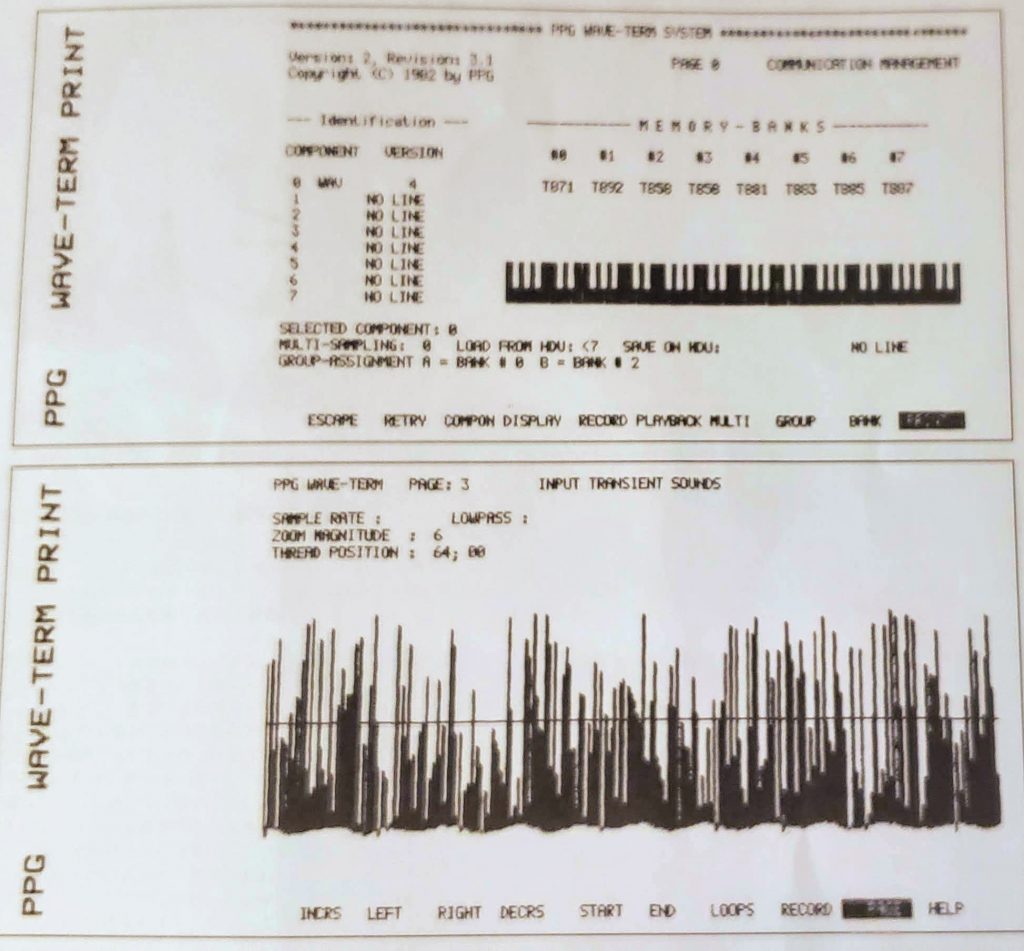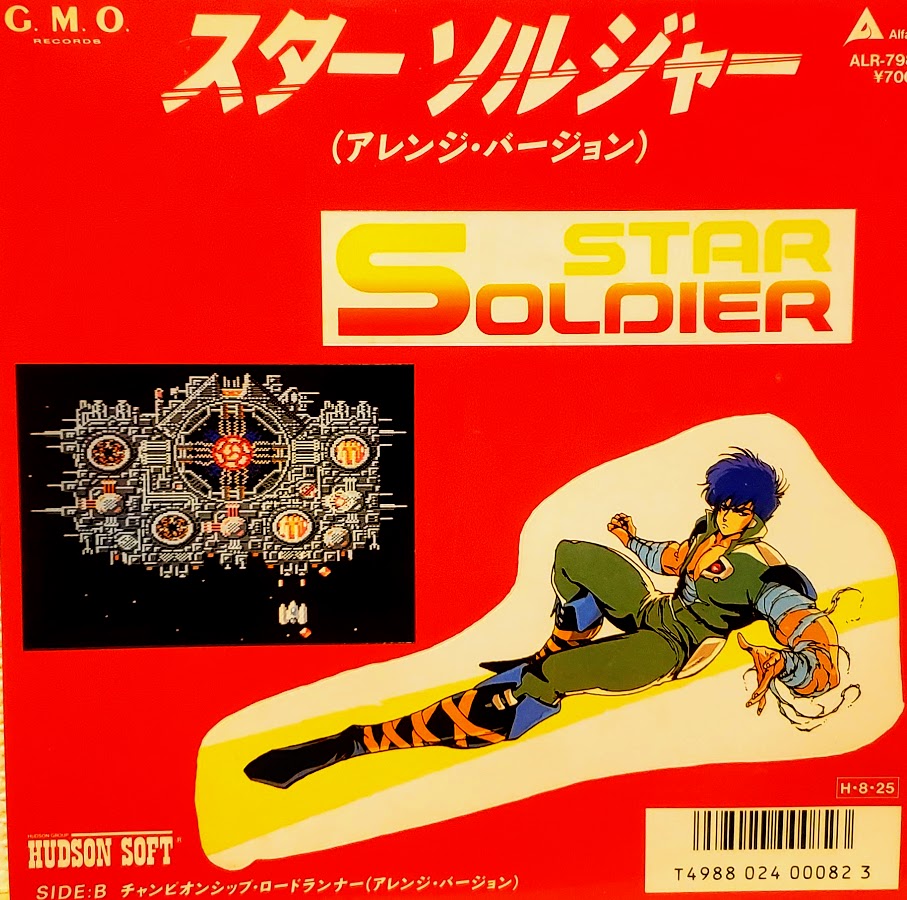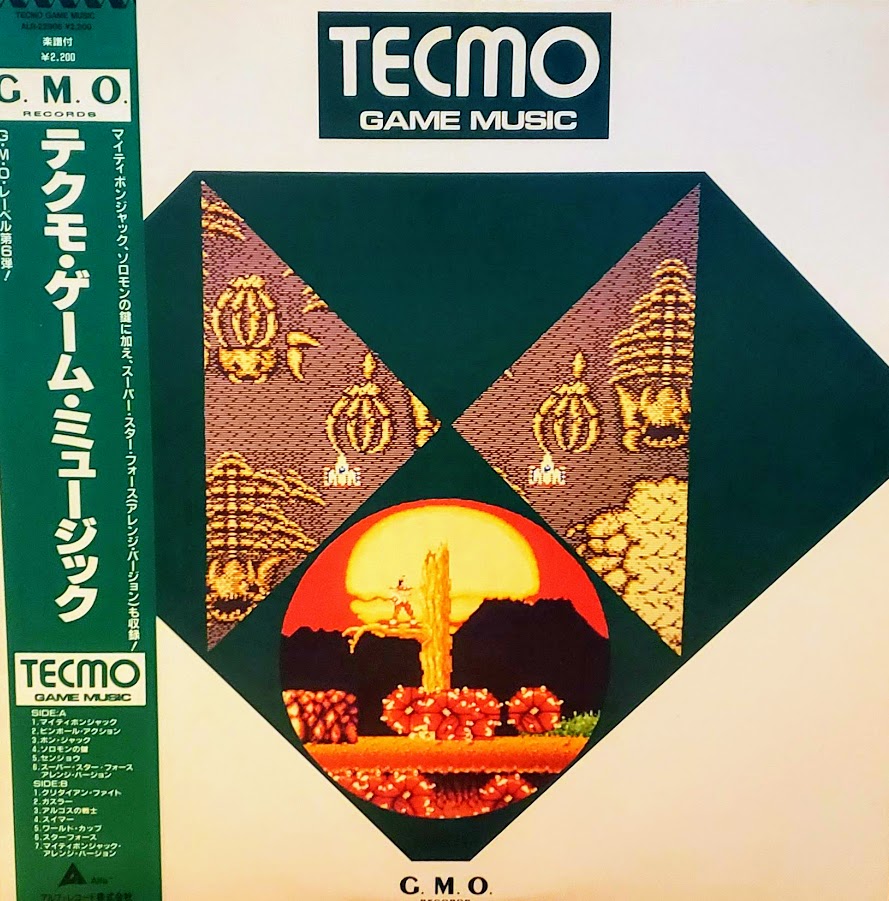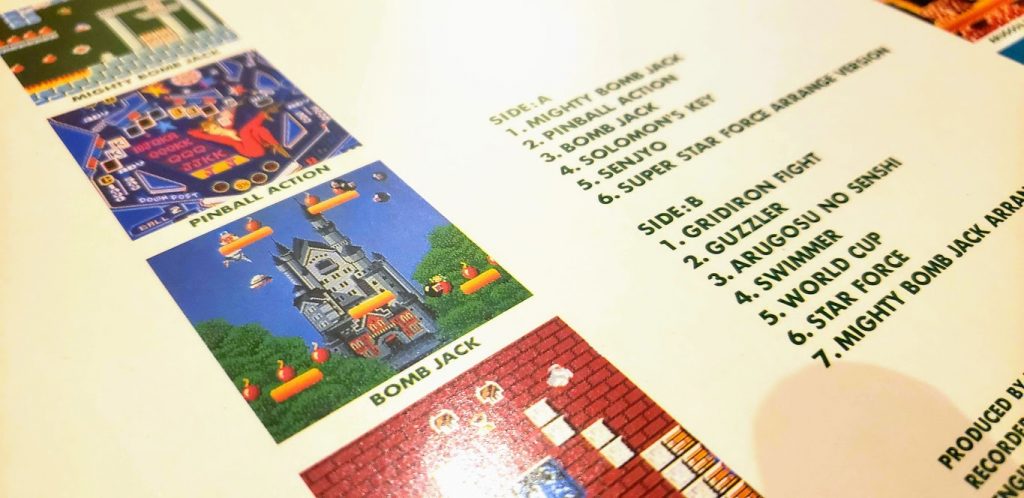
Graziano Mandozzi – Bach Handel 300 (complete album)
Sometimes I want to write about something even though I’m woefully lacking in the knowledge to do so. Here’s one of those times. Apologies for omissions or errors. Correct me (politely) in the comments!
Bach Handel 300 is a collection of synthesizer covers of compositions by (duh) Bach and Handel. It was originally released on by the influential and prestigious Deutsche Grammophone record label in 1985. Now, if you’re like me and you obsess over synthesizer covers of classical compositions, that date probably surprises you. Most classical synth albums came out in the first half of the 70s, all of them riding the coat tails of Wendy Carlos’ legendary Switched On Bach album. By the mid-80s, the novelty of the format had long worn off. Even in Japan, where synth covers albums seemed to be much more popular, I don’t see many from after 1978.
But this one probably had a very specific reason for existing; I think it was serving a commercial for the synthesizers used on the album. This album doesn’t feature Moogs, nor Korgs, nor any early digital synthesizers like the Fairlight or Synclavier. This album was made entirely on PPG Wave synthesizers. PPG was a German company. Deutsche Grammophone was a German label (duh) so, yeah, the synergy makes sense.
Never heard of the PPG synthesizer? Me neither! But apparently they were used a bit by synthpop acts of the era, if the Wikipedia page is to be believed. I’m not very good at picking up individual synths in songs aside from old-school moogs and the Synclavier, so I couldn’t tell you which songs have good examples of the PPG Wave, but I know they’re out there.

The PPG Wave was a different style of synthesizer. While the synths of the 80s were almost exclusively pure analog, and the synths of the 80s were digital affairs, the PGG Wave series were something in-between, analog/digital hybrids that provided a wide range of sounds with superior audio quality. They were apparently groundbreaking in a few different ways, but again, this is not my element so I’m not going to speak too much about it. But I will definitely say that the PPG has a unique sound that reminds me of analog synths of the 70s, with the variety and range of the 80s digital stuff. You get your warped, ghostly analog sounds alongside your crystal clear, bright, 80s notes. It also has a grit to it that was probably to its detriment at the time, but gives it a unique quality now that makes it stand apart from the cleaner all-digital synths of the era. I have another classical synthesizer album from the same year called Bachbusters. It’s on all digital synthesizers. It’s boring as hell. This one has way more personality.

But it never did reach the popularity of those other synths, sadly. This album came out in 1985, and PPG went belly-up just two years later. A lot of PPG systems still seem to be out there though, so if you dig the sound on this album head over to YouTube and you’ll find more examples of the sounds it can create.
I just realize that I’ve spent over 500 words going over the synthesizers used on this album but I haven’t even mentioned the man playing them! The man with a fantastic mustache and wonderful suit, exuding the confidence that only a man surrounded by thousands of dollars of digital equipment can.

That would be one Graziano Mandozzi, credited on the album as simply “Mandozzi” like he’s synth Prince or something. Ballsy move. I respect it. A Swiss composer, Mandozzi has a short, but insanely interesting discography that I hope to dig into more. He has an album called Masada that was recently released on vinyl and digitally via Bandcamp that is just insane. It’s some funk/jazz/experimental/psych rock monstrosity that was apparently the soundtrack to a ballet?! How anyone danced to it is beyond me. It’s rad as hell though. If you download this and like it, do the right thing and go buy that album to show support. Digital copies are cheap, and the vinyl comes with a download code.
I feel like I end all my posts recently in the same way, but I hope you all are doing well out there. Things are really scary right now, especially in the states. If you can, stay home, listen to stupid records like this and get drunk. That’s what I’ve been doing and it usually works for me.




